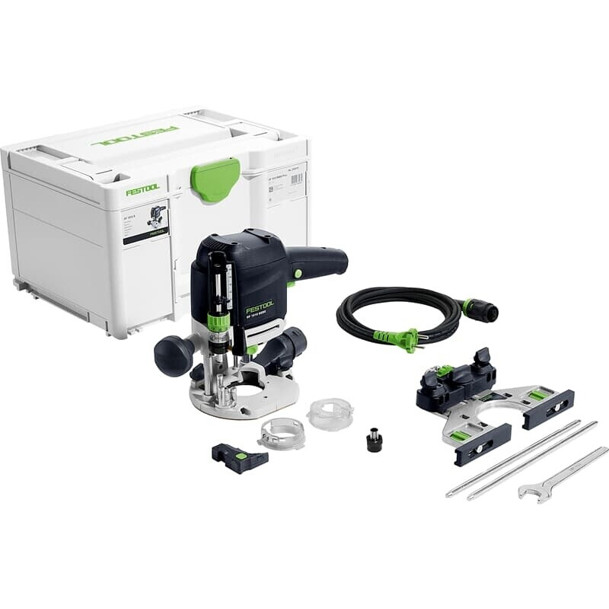Understanding the Planer Thickness Planer Combination Machine: A Comprehensive Guide
The woodworking and carpentry industries have actually known their reasonable share of developments that have dramatically improved efficiency and accuracy. One such improvement is the planer thickness planer combination machine-- a versatile tool that has actually become progressively popular amongst hobbyists and specialists alike. This machine is a game-changer when it pertains to dimensioning lumber, yielding a variety of advantages. Dickenhobel Maschine Preisvergleich will explore the features, benefits, and factors to consider of these combination devices, alongside a handy FAQ and comparison tables.
What is a Planer Thickness Planer Combination Machine?
A planer thickness planer combination machine merges two functions: a surface planer and a thickness planer. The surface planer eliminates material from the faces of boards to make them flat, while the thickness planer decreases the general thickness of the boards, making sure harmony and precision throughout the whole piece. The combination enables woodworkers to save both area and money without compromising on efficiency.
Table 1: Key Features of a Planer Thickness Planer Combination Machine
| Feature | Description |
|---|---|
| Performance | Integrates surface area planing and thickness planing |
| Space Efficiency | Compact size conserves work space in little stores |
| Sturdiness | Typically designed for heavy-duty usage |
| Blade Type | Can feature either straight or spiral blades |
| Height Adjustment | Normally features user friendly height adjustment |
| Dust Collection | Lots of models consist of integrated dust collection systems |
Advantages of Using a Combination Machine
- Space-Saving Design: In smaller sized workshops, area can be a high-end. By integrating two devices into one, users can maximize their workspace performance, leaving more space for other tools and products.
- Cost Efficiency: Purchasing a combination machine can cause significant cost savings compared to buying individual devices. This makes it an appealing option for both amateur woodworkers and professional shops.
- Enhanced Versatility: A combination machine provides dual performance, permitting the execution of multiple tasks without changing setups or tools. This can improve workflow and performance.
- Accuracy and Quality: High-quality combination machines are engineered for precise cutting, resulting in better finishes and minimized waste. This precision can be essential in making sure smooth joints and consistent thickness in woodworking projects.
Table 2: Advantages of Using a Planer Thickness Planer Combination Machine
| Advantage | Details |
|---|---|
| Space-saving | 2 makers in one, requiring less space |
| Cost-efficient | Lower initial cost compared to separate units |
| Workflow Optimization | Less downtime changing between makers |
| Consistency in Quality | Consistent thickness and smooth surfaces |
Key Considerations When Choosing a Combination Machine
Despite the numerous advantages, there are several aspects to keep in mind when picking a planer thickness planer combination machine:
- Motor Power: The power of the motor will identify the machine's ability to deal with various wood types and densities. Look for machines with effective motors to make sure smooth operation.
- Feeding System: A premium feeding system will contribute to consistent results. Try to find machines that include roller or feed systems that can deal with various wood types.
- Table Size: A larger table can support longer pieces of wood and contribute to better stability throughout operation.
- Reduce of Use: Check for user-friendly functions such as height change systems and instinctive controls, which can make operation much easier and safer.
- Brand name Reputation: Research brand names and read consumer evaluations to determine the dependability and quality of the machine.
Table 3: Comparison of Popular Models
| Model | Motor Power (HP) | Table Size (inches) | Price Range (₤) |
|---|---|---|---|
| Model A | 3 HP | 12 x 24 | 1,200 - 1,800 |
| Design B | 2.5 HP | 10 x 20 | 800 - 1,200 |
| Model C | 3.5 HP | 14 x 28 | 1,500 - 2,300 |
| Design D | 2 HP | 12 x 30 | 900 - 1,300 |
Frequently Asked Questions (FAQ)
1. What types of wood can be used with a combination machine?
Combination makers can handle a variety of hardwoods and softwoods. However, it is vital to beware with incredibly thick or resinous wood types that can dull blades rapidly.
2. How typically should I change the blades?
Blades must be examined frequently, and replacement is recommended when they show indications of dulling. This can vary from every couple of months to annually, depending upon use and wood type.
3. Can I use a combination machine for plywood?
Yes, however care is essential. Plywood can splinter or chip, so using sharp blades and guaranteeing proper feeding rates can help achieve clean cuts.
4. Is a planer thickness planer combination machine appropriate for newbie woodworkers?
Yes, it can be really appropriate, especially in smaller workshops. Newbies need to approach discovering with security in mind, comprehending the basics of the machine before use.
5. Can you accomplish the same results with different devices?
While separate devices can supply specialized features, a combination machine is developed to offer equivalent performance and, in numerous cases, more convenience and value.
In summary, the planer thickness planer combination machine represents a considerable development in the woodworking sector. By combining the functionalities of both a surface area and thickness planer, these machines enable for space and cost savings while supplying top quality outcomes. When considering a purchase, it is vital to weigh the benefits versus the various elements, such as motor power, feeding system, and brand name track record. With the ideal design, lovers and specialists alike can enhance their woodworking jobs with unprecedented effectiveness and precision.

